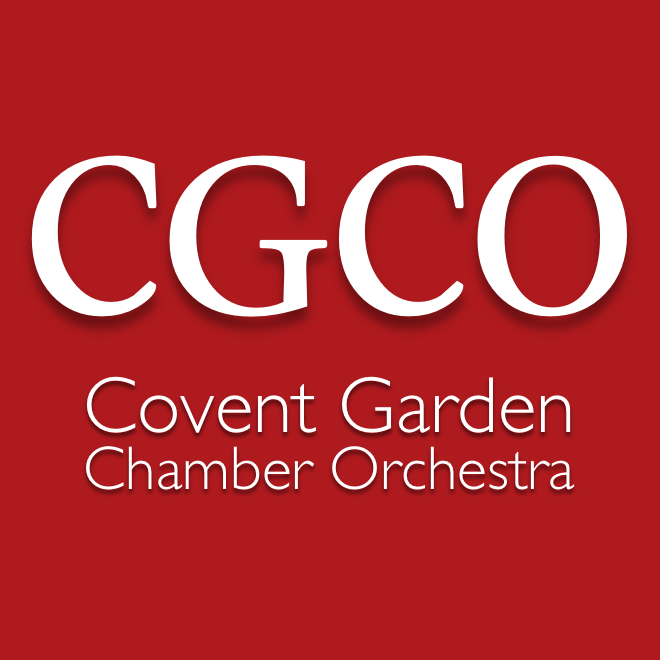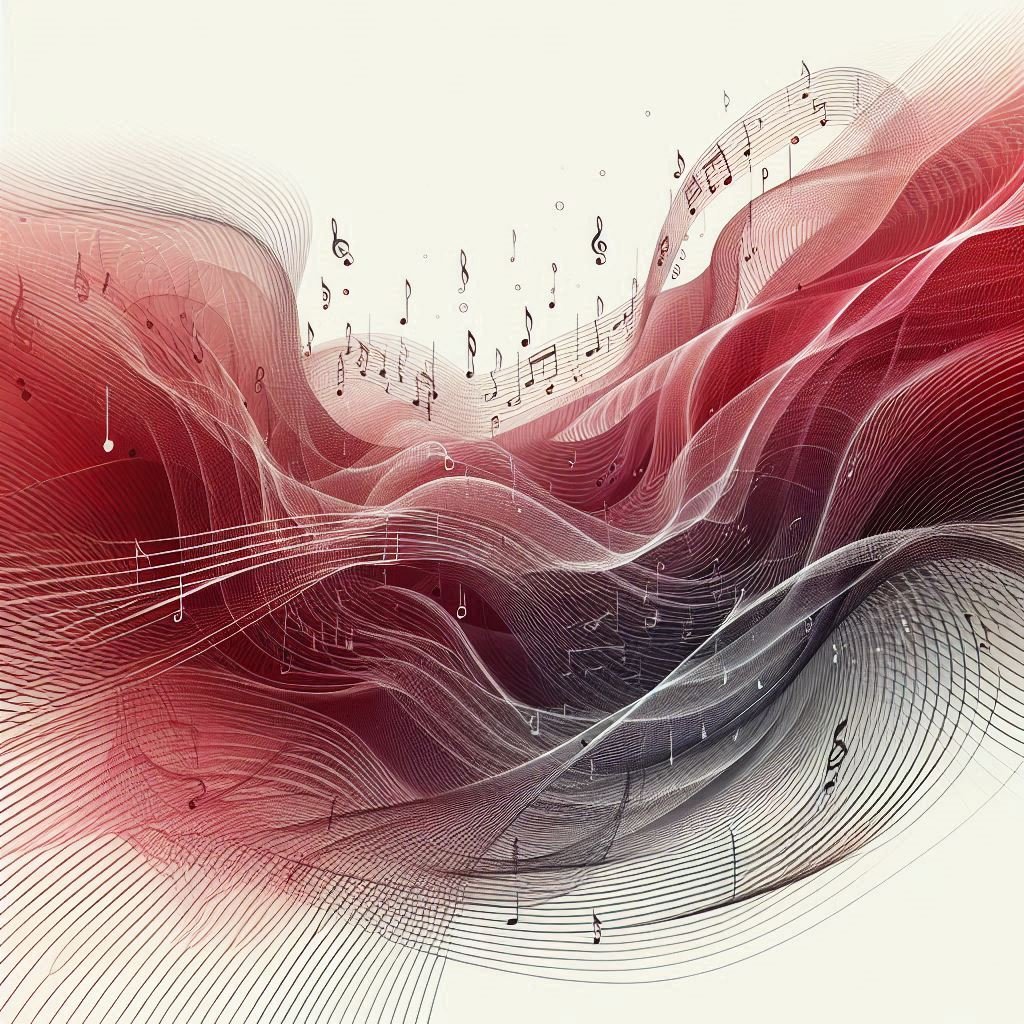CGCO welcomes conductor Robert Weaver and soloist Braimah Kanneh-Mason to our final concert of the 2024-25 season
Programme
Prokofiev: Symphony No. 1
Mozart: Violin Concerto No.3
Dvořák: Symphony No.7
Tickets
Just select the ticket types and quantity and click ‘Add’:
Adult tickets: £18
Concessions: £13
Under 16: £8
Once you’ve selected your tickets, click on the shopping cart icon in the top menu to complete your purchase
Gift Card: The Perfect Present
Give the gift of music to someone you love! We now offer 4x gift card values that can be used to purchase tickets, drinks or even orchestra subscriptions for members. Click the button to find out more.
Prokofiev: Symphony No. 1
Sergei Prokofiev’s Symphony No. 1 in D major, Op. 25, commonly referred to as the "Classical" Symphony, was composed in 1917 and stands as a tribute to the classical symphonic forms of composers such as Haydn and Mozart. The work is characterised by its light-heartedness, clarity, and wit, contrasting with the tumultuous times in which it was written.
The symphony is structured in four movements:
Allegro: The first movement opens with a bright and lively theme, showcasing Prokofiev’s knack for melodic invention. It features clear orchestration and a playful interplay between the strings and winds, establishing an engaging and buoyant atmosphere.
Larghetto: The second movement presents a lyrical and fluid character, with a beautiful, flowing theme reminiscent of slow dances. The woodwinds offer rich colour, weaving through a smooth tapestry of harmonies that evoke a sense of calm and elegance.
Scherzo: Allegro: In the third movement, the pace quickens, delivering a spirited and energetic scherzo. It includes playful rhythmic elements and contrasts, with dynamic shifts that create a sense of excitement and unpredictability.
Finale: Allegro: The symphony concludes with a rousing finale, which synthesises the themes introduced in earlier movements. The joyful character is heightened by vibrant orchestration and a celebratory spirit, bringing the work to a triumphant close.
Through its clever orchestration and engaging themes, Prokofiev's "Classical" Symphony remains a popular choice in the repertoire, reflecting both his admiration for the past and his innovative musical voice.
Mozart: Violin Concerto No.3
Mozart's Violin Concerto No. 3 is a vibrant composition that showcases the composer's early genius and his affinity for the violin. Completed in 1775, the concerto was written during a period when Mozart was refining his style and expanding his orchestral palette.
The work opens with a lively Allegro, featuring crisp orchestral textures that elegantly support the violin solo. The dialogue between the soloist and the orchestra is characterised by a sense of playful interaction, as themes are introduced and developed, allowing the violin to shine with brilliant passages and lyrical lines.
The slow movement, Adagio, presents a contrasting character. Here, the violin sings a heartfelt melody over a gentle orchestral accompaniment. This section is marked by its expressiveness and lyrical beauty, showcasing Mozart’s ability to convey deep emotion within a concise musical frame.
The finale, Rondeau: Allegro, brings a joyous conclusion to the concerto. It features a lively and syncopated theme that is both playful and exuberant. The interplay between the soloist and the orchestra culminates in a spirited exchange, bringing the concerto to a rousing and triumphant close.
Overall, Mozart's Violin Concerto No. 3 encapsulates the elegance and charm of his early orchestral writing, making it a beloved piece in the violin repertoire and a testament to his extraordinary musical ingenuity.
Dvořák: Symphony No.7
Antonín Dvořák's Symphony No. 7 in D minor, Op. 70, is a significant work in the symphonic repertoire, completed in 1885. This composition stands as a poignant reflection of Dvořák's musical language, blending Bohemian folk influences with the stronger emotional currents of the late Romantic period.
The symphony is structured in four movements, showcasing a rich tapestry of themes and intricate orchestration. The first movement, Allegro maestoso, opens with a powerful introduction that sets a dramatic tone, characterised by vigorous motifs and contrasting lyrical sections. The development brings forth a depth of expression, navigating through turbulent passages before leading into a recapitulation that reaffirms the work's thematic material.
The second movement, Allegretto, offers a lyrical and melancholic respite, featuring woodwind solos that evoke a poignant atmosphere. This movement exemplifies Dvořák's ability to infuse melancholy with beauty, creating a reflective space that contrasts with the surrounding intensity of the symphony.
The third movement, Scherzo: Poco allegretto, introduces a lively dance-like quality, marked by rhythmic complexity and buoyancy. Here, Dvořák’s characteristic folk influences come to the forefront, providing an energising contrast to the emotional weight of the preceding movement.
Finally, the fourth movement, Allegro, delivers a climactic conclusion to the symphony, brimming with rhythmic vitality and a sense of triumph. The interplay between the themes from previous movements comes together in a spirited finale that encapsulates the overall journey of the work.
Dvořák’s Symphony No. 7 is often regarded as one of his masterpieces, illustrating his command of orchestral writing and his ability to convey profound emotions through music. Its blend of drama, lyricism, and rhythmic vitality makes it a cornerstone of the symphonic canon and an enduring favourite in concert halls worldwide.
St. Peter’s Church, Notting Hill
The venue for our concert is St Peter's Church in Notting Hill, a building of notable architectural quality, listed Grade II*. The interior of the building is very elaborate, with many of the pillars boasting gilded capitals.
To get to St Peter’s Church using public transport, the closest Tube Station is Notting Hill Gate. The closest Bus Stop is PT-Stanley Gardens and PS-Chepstow Villas.
On-street parking outside the church is limited to RBKC resident permit holders, with some prepay spaces also available.
Address: 90 Kensington Park Road, London, W11 2PL


